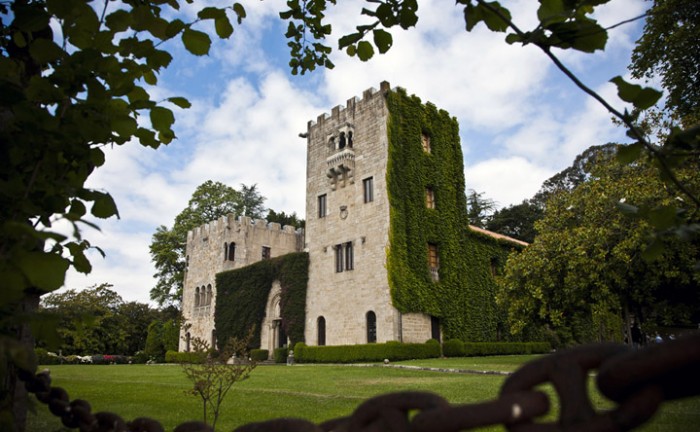Full day tour Manor Houses & Castles
Date: 07.03.2023
|
Official Guides of Galicia, Visits to Santiago de Compostela, Full-time Visitors, Tours and excursions |
0 Comments
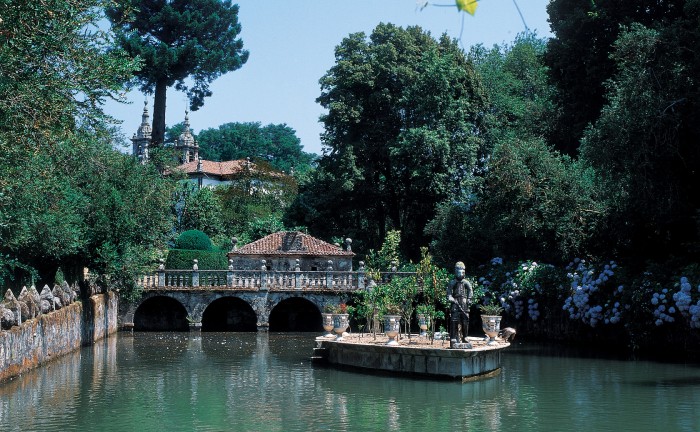
COAST OF DEATH & CAPE FINISTERRE
Date: 07.03.2023
|
Official Guides of Galicia, Visits to Santiago de Compostela, Full-time Visitors, Tours and excursions |
0 Comments
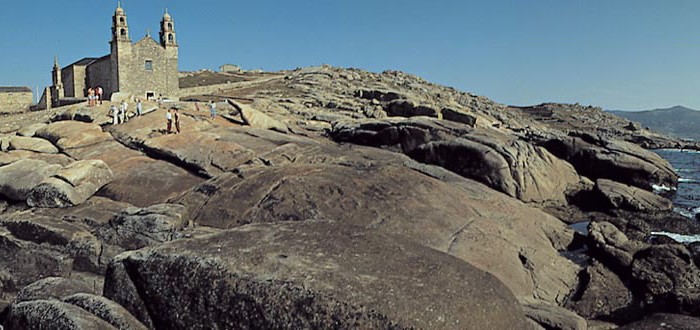
The Pilgrims Way to Santiago
Date: 07.03.2023
|
Official Guides of Galicia, Visits to Santiago de Compostela, Full-time Visitors, Tours and excursions |
1 Comments
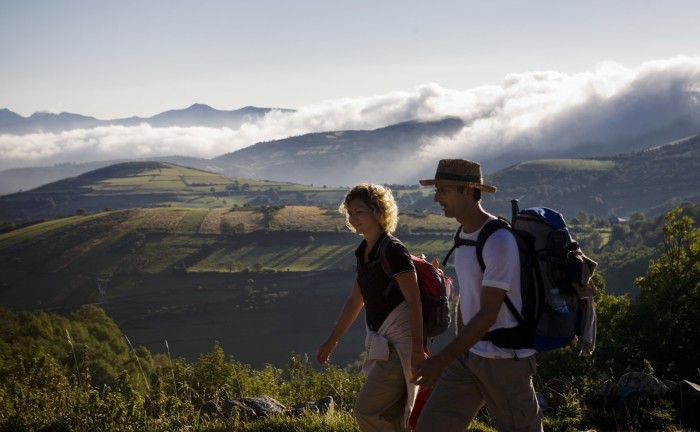
Ourense & Ribadavia
Date: 07.03.2023
|
Official Guides of Galicia, Visits to Santiago de Compostela, Full-time Visitors, Tours and excursions |
0 Comments
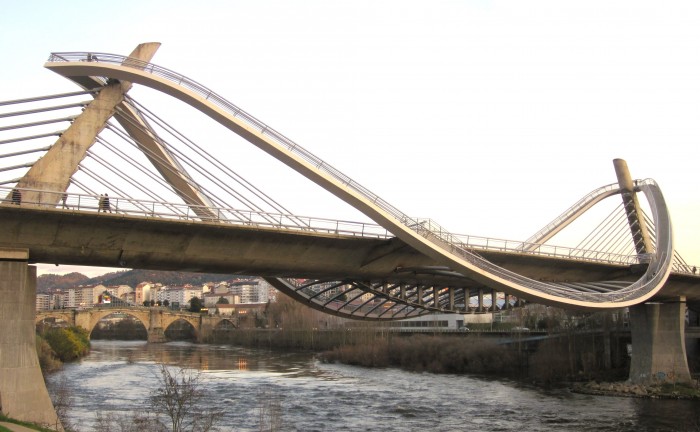
MIÑO VALLEY & PORTUGAL
Date: 04.09.2014
|
Official Guides of Galicia, Visits to Santiago de Compostela, Full-time Visitors, Tours and excursions |
0 Comments
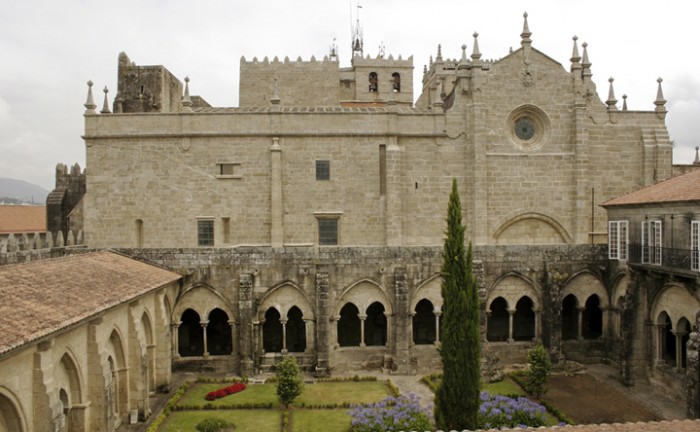
LOW ESTUARIES & VIGO
Date: 07.03.2023
|
Official Guides of Galicia, Visits to Santiago de Compostela, Full-time Visitors, Tours and excursions |
0 Comments
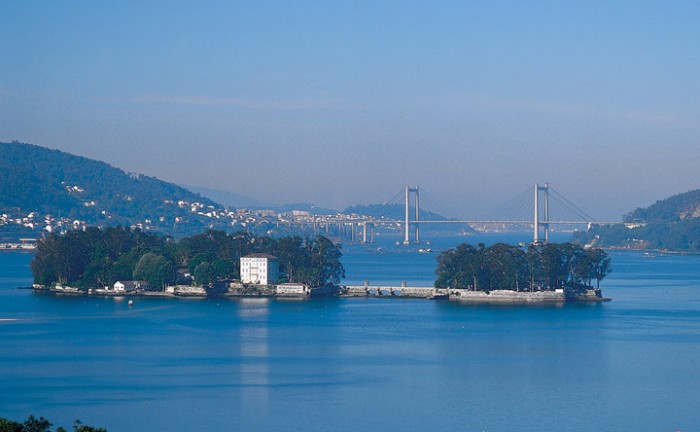
LOW ESTUARIES & PONTEVEDRA CITY
Date: 04.09.2014
|
Official Guides of Galicia, Visits to Santiago de Compostela, Full-time Visitors, Tours and excursions |
0 Comments
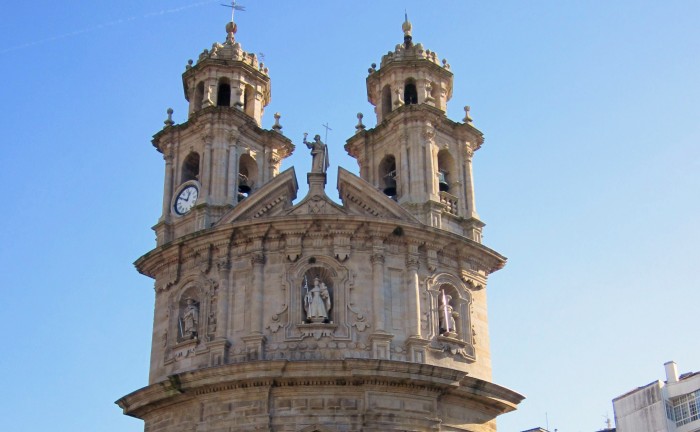
LOW ESTUARIES: CAMBADOS & LA TOJA ISLAND
Date: 07.03.2023
|
Official Guides of Galicia, Visits to Santiago de Compostela, Full-time Visitors, Tours and excursions |
0 Comments
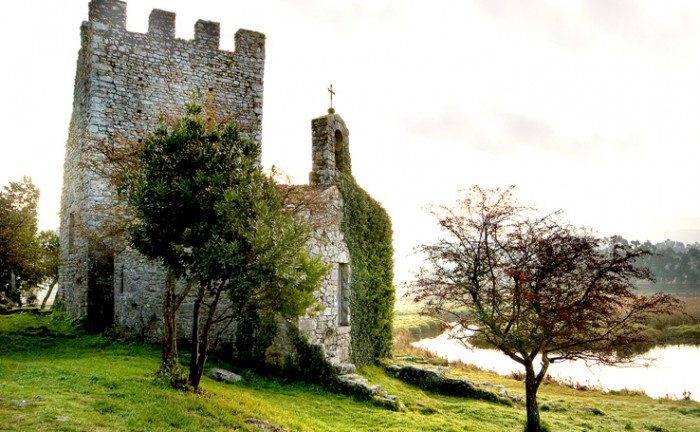
LOW ESTUARIES
Date: 07.03.2023
|
Official Guides of Galicia, Visits to Santiago de Compostela, Full-time Visitors, Tours and excursions |
0 Comments
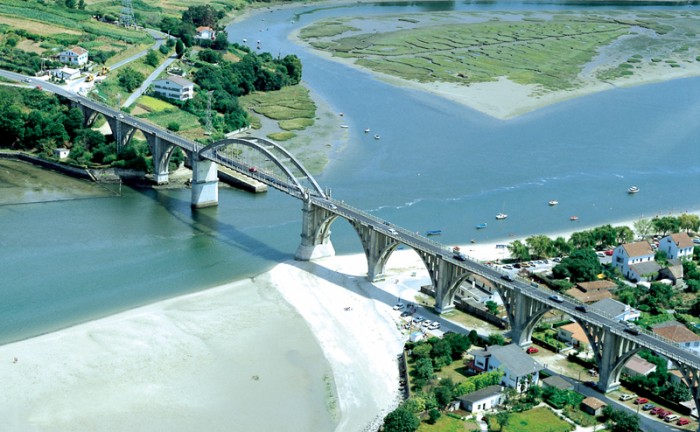
Coruña & High Estuaries
Date: 07.03.2023
|
Official Guides of Galicia, Visits to Santiago de Compostela, Full-time Visitors, Tours and excursions |
0 Comments
